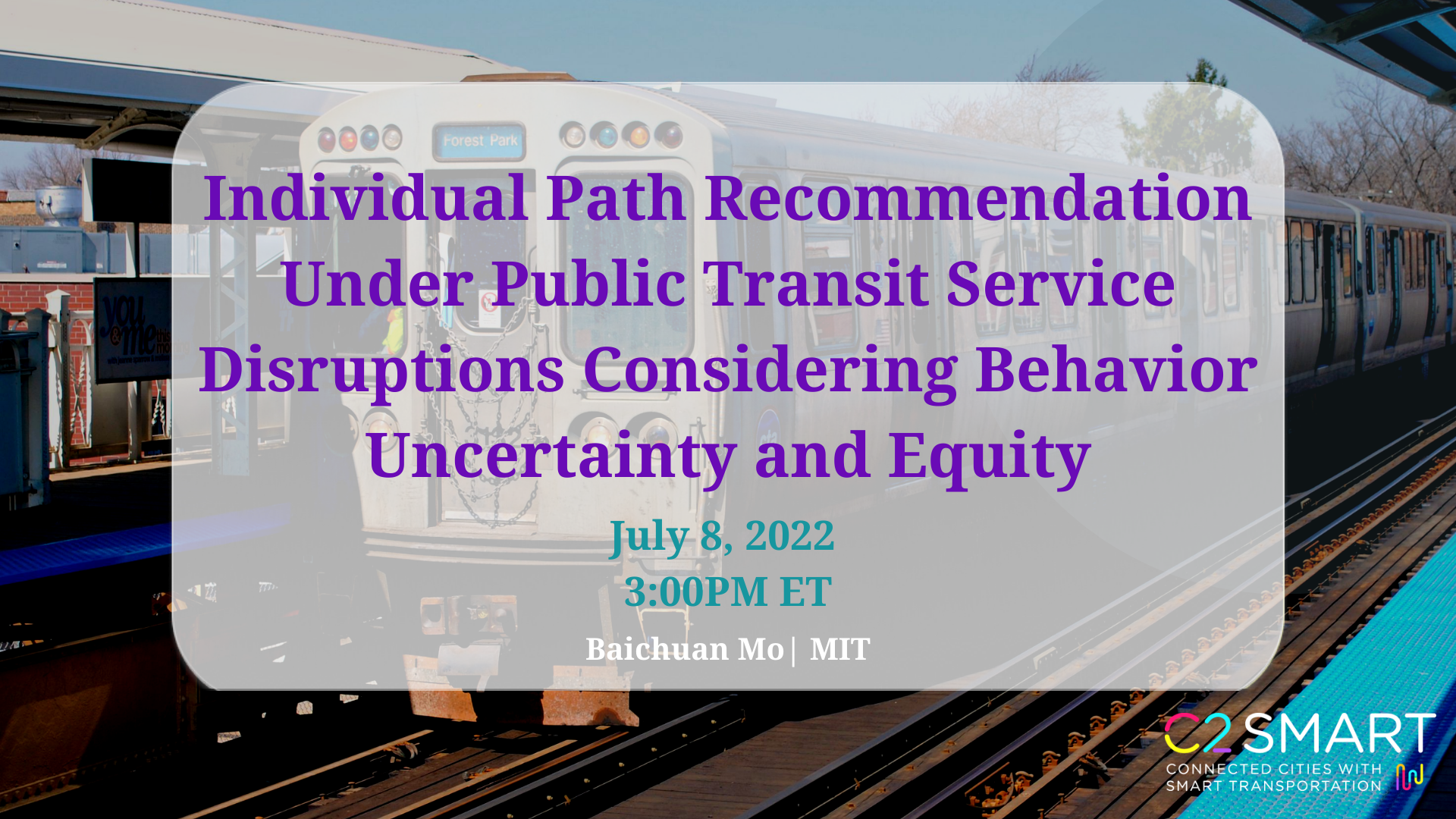State-of-the-Field: New Fiber Optic Structural Health Monitoring (SHM) Technologies and Recent Case Studies
SMS provides specialized, fiber-optic structural health monitoring (SHM) systems for bridges and tunnels and world-wide has worked with many agencies and engineering firms. Terry Tamutus, Founder and CEO of SMS,

